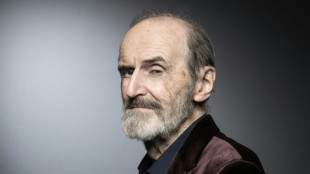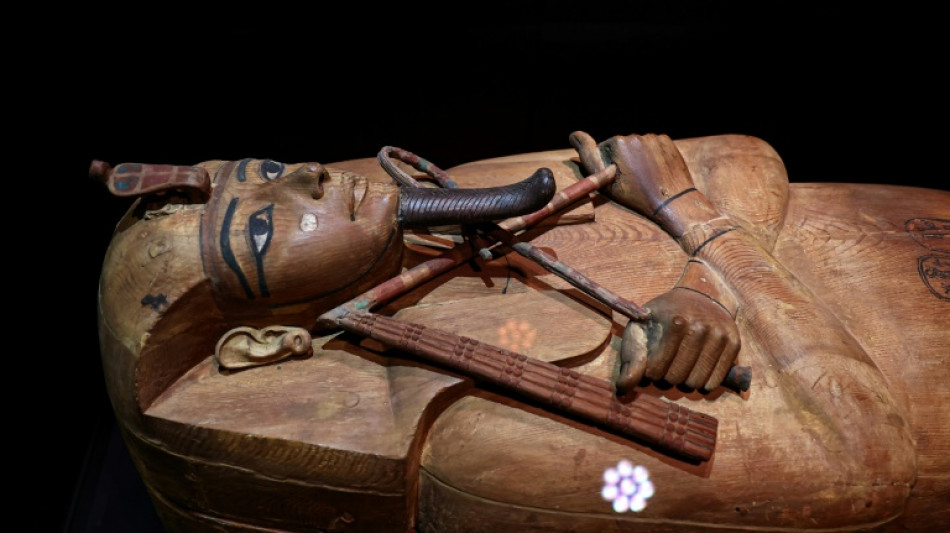
-
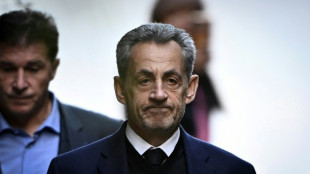 Sarkozy released from jail 'nightmare' pending appeal trial
Sarkozy released from jail 'nightmare' pending appeal trial
-
COP30 has a mascot: the fiery-haired guardian of Brazil's forest

-
 The Sudanese who told the world what happened in El-Fasher
The Sudanese who told the world what happened in El-Fasher
-
Three things we learned from the Sao Paulo Grand Prix

-
 ASC acquire majority share in Atletico Madrid
ASC acquire majority share in Atletico Madrid
-
Ferrari boss tells Hamilton, Leclerc to drive, not talk
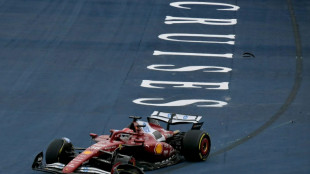
-
 Bank of England seeks to 'build trust' in stablecoins
Bank of England seeks to 'build trust' in stablecoins
-
China suspends 'special port fees' on US vessels for one year

-
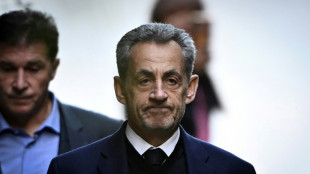 French court frees ex-president Sarkozy from jail pending appeal
French court frees ex-president Sarkozy from jail pending appeal
-
No link between paracetamol and autism, major review finds
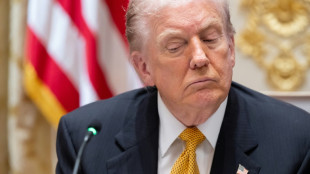
-
 Typhoon Fung-wong floods Philippine towns, leaves 5 dead in its wake
Typhoon Fung-wong floods Philippine towns, leaves 5 dead in its wake
-
France's Sarkozy says prison a 'nightmare' as prosecutors seek his release

-
 Guinness maker Diageo picks new CEO after US tariffs cloud
Guinness maker Diageo picks new CEO after US tariffs cloud
-
China suspends 'special port fees' on US vessels

-
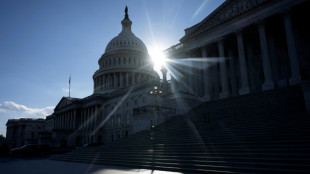 US senators take major step toward ending record shutdown
US senators take major step toward ending record shutdown
-
Typhoon Fung-wong leaves flooded Philippine towns in its wake

-
 From Club Med to Beverly Hills: Assinie, the Ivorian Riviera
From Club Med to Beverly Hills: Assinie, the Ivorian Riviera
-
The 'ordinary' Arnie? Glen Powell reboots 'The Running Man'

-
 Typhoon exposes centuries-old shipwreck off Vietnam port
Typhoon exposes centuries-old shipwreck off Vietnam port
-
French court to decide if ex-president Sarkozy can leave jail
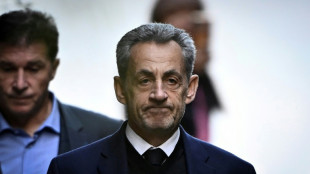
-
 China lifts sanctions on US units of South Korea ship giant Hanwha
China lifts sanctions on US units of South Korea ship giant Hanwha
-
Japan death row inmate's sister still fighting, even after release

-
 Taylor sparks Colts to Berlin win as Pats streak hits seven
Taylor sparks Colts to Berlin win as Pats streak hits seven
-
Dreyer, Pellegrino lift San Diego to 4-0 MLS Cup playoff win over Portland

-
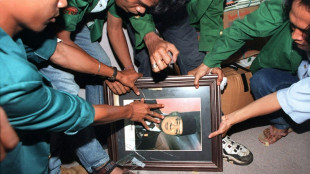 Indonesia names late dictator Suharto a national hero
Indonesia names late dictator Suharto a national hero
-
Fourth New Zealand-West Indies T20 washed out

-
 Tanzania Maasai fear VW 'greenwashing' carbon credit scheme
Tanzania Maasai fear VW 'greenwashing' carbon credit scheme
-
Chinese businesswoman faces jail after huge UK crypto seizure
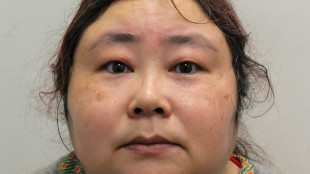
-
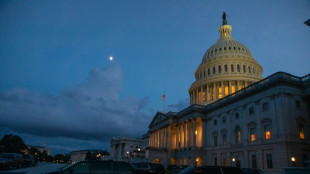 Markets boosted by hopes for deal to end US shutdown
Markets boosted by hopes for deal to end US shutdown
-
Amazon poised to host toughest climate talks in years
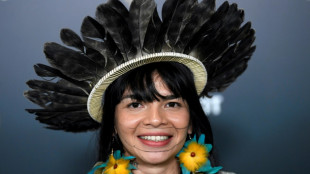
-
 Ex-jihadist Syrian president due at White House for landmark talks
Ex-jihadist Syrian president due at White House for landmark talks
-
Saudi belly dancers break taboos behind closed doors

-
 The AI revolution has a power problem
The AI revolution has a power problem
-
Big lips and botox: In Trump's world, fashion and makeup get political

-
 NBA champion Thunder rally to down Grizzlies
NBA champion Thunder rally to down Grizzlies
-
US senators reach deal that could end record shutdown

-
 Weakening Typhoon Fung-wong exits Philippines after displacing 1.4 million
Weakening Typhoon Fung-wong exits Philippines after displacing 1.4 million
-
Lenny Wilkens, Basketball Hall of Famer as player and coach, dies
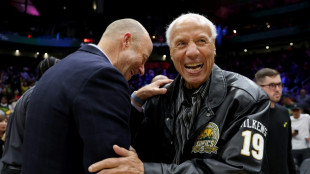
-
 Griffin wins PGA Mexico title for third victory of the year
Griffin wins PGA Mexico title for third victory of the year
-
NFL makes successful return to Berlin, 35 years on
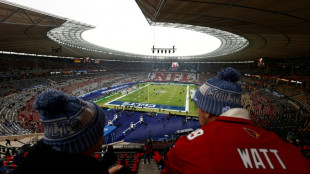
-
 Lewandowski hat-trick helps Barca punish Real Madrid slip
Lewandowski hat-trick helps Barca punish Real Madrid slip
-
George warns England against being overawed by the All Blacks

-
 Lewandowski treble helps Barca beat Celta, cut gap on Real Madrid
Lewandowski treble helps Barca beat Celta, cut gap on Real Madrid
-
Neves late show sends PSG top of Ligue 1, Strasbourg down Lille

-
 Inter go top of Serie A after Napoli slip-up
Inter go top of Serie A after Napoli slip-up
-
Bezos's Blue Origin postpones rocket launch over weather

-
 Hamilton upbeat despite 'nightmare' at Ferrari
Hamilton upbeat despite 'nightmare' at Ferrari
-
Taylor sparks Colts to Berlin win, Pats win streak hits seven

-
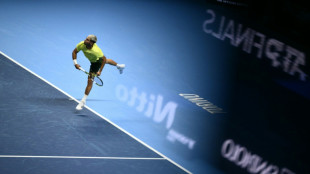 Alcaraz and Zverev make winning starts at ATP Finals
Alcaraz and Zverev make winning starts at ATP Finals
-
Protests suspend opening of Nigeria heritage museum


Ancient Egypt artists altered their work, study shows
From subtly shifting the position of Ramses II's sceptre, to touch-ups on a necklace or headdress, ancient Egyptian artists were more creative than previously thought, according to a study published Wednesday.
Using new portable imaging and chemical analysis techniques, an international team of scientists took a fresh look at paintings in the Valley of the Kings -- a royal burial ground for pharaohs and other ancient Egyptian elites.
Egyptologists have until now considered art in these tombs to be very conventional, adhering to certain rules and using predefined patterns which were transferred onto walls.
However, a small robot moving in front of the painted walls used X-ray, ultraviolet, and infrared vision to "scrutinize" the art in-depth, much like a medical scanner, said Philippe Walter of the French centre for scientific research, CNRS, a co-author of the study published in the PLOS One journal.
On an image of Ramses II, decorating the tomb of the priest Nakhtamon, painted some 1,200 years BCE, the pharaoh is depicted in profile, wearing a necklace and headdress and holding a royal sceptre.
However image analysis revealed a different composition, hinting at efforts to touch up the original work.
"We didn't expect to see such modifications of a supposedly very formal representation of a pharaoh," meant to be frozen in time, said Walter.
Similar alterations were found on the tomb of the nobleman Menna, depicted with his arms stretched out towards the god of the dead, Osiris.
Analysis showed the position of one of the arms had been moved, while changes were made in the pigments used for skin colour.
It is unclear how many years passed between the alterations, or why they were carried out, but the scientists said it showed evidence of "freedom of creation."
Walter compared this "personal touch" to that seen from "the great painters of the Renaissance," who were shown to make adjustments to their work.
Philippe Martinez, the other co-author of the study with the CNRS, said that if this practice was shown to be commonplace, it would bring pharaonic art closer to our "modern aesthetic standards, nourished by Greco-Roman art".
X.Habash--SF-PST

